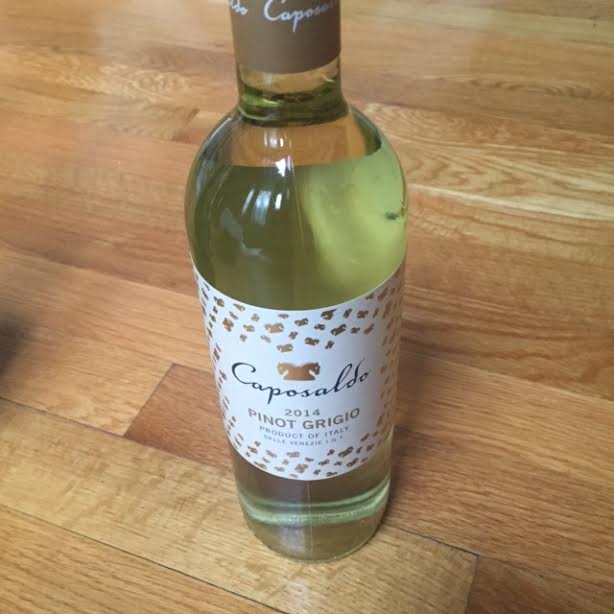

What actually causes these mineral characters is unknown and experts disagree – I have my own view that you can read about here – but they show themselves as stony, steely or earthy flavours and aromas. Minerality is the word we use to describe anything in a wine that does not come from the fruit or the winemaking. However the defining characteristic of Chablis should be all about the minerality in the wine. It’s only made from Chardonnay (Beauneois to the locals).Īfter that though it get’s a bit more complex because the differences are usually all about nuance rather than big, bold flavours.

It is pretty much the northernmost outpost of the Burgundy wine region. In some ways Chablis is a really simple wine to get your head around: So why should that be a cheap wine? How can it be a cheap wine?Ĭheap Chablis is always a disappointment and never shows you what Chablis should really be all about. What makes Chablis such a pleasure though is the complexity, the minerality and is that sense that you are drinking a true thoroughbred – a classic. Sadly so does the price – and that is before Brexit. This seems to longer be the case and the quality of Chablis available seems to be generally pretty high in my opinion. There was a time when Chablis was frequently not what it ought to be and was instead a bit thin, green and tart. I love Chablis and think that the appellation / PDO has gone through a real renaissance over the last twenty years or so. The vineyards can be seen from the heart of the village and you often see grape growers going about their business.Īh Chablis! That name conjures up all sorts of thoughts of stylish, sophisticated dry white wine. This wine is by the Frescobaldi family.Wine is the lifeblood of Chablis. It’s fruit-forward with dried cherry and plum flavors and a sweet tannin finish. It consistently gets high praise, year in and year out. Tenuta Luce Della Vite “Lucente” Toscana IGTĪ blend of about 50% Merlot, 25% Sangiovese and 25% Cabernet Sauvignon. Here are a few great wines to seek out on your adventure into “Super Tuscany.” Need some Super Tuscan wine recommendations? Regardless of who coined the phrase, producers in Italy were turning heads, making wines that didn’t fit in! He said it might have come from a several sources including the famed Luigi Veronelli, an Italian wine/food writer and intellectual, or from Burton Anderson, a writer who moved to Tuscany in 1977 to write about its bright future, or it could have been David Gleave, a Master of Wine and one of the UK’s leading experts on Italy. We asked wine critic James Suckling where the term may have originated. Super Tuscan is a phrase that was coined in the early 1980’s. Maybe we can call them “Super Italians?” Why do we call them Super Tuscans? They use a wide variety of both indigenous and non-indigenous wine grapes. TIP: There are now IGT Italian wines from all over Italy. The legal system eventually yielded in 1992 with the creation of IGT, a new designation that gave winemakers the ability to be more creative. Winemakers began mixing ‘unsanctioned’ wine varieties (like Merlot) into their blends to make high-quality wines. The creation of super Tuscan wines resulted from the frustration winemakers had towards a slow bureaucracy in changing Italy’s wine law during the 1970s. “Super Tuscan” is a term used to describe red wines from Tuscany that may include non-indigenous grapes, particularly Merlot, Cabernet Sauvignon, and Syrah.
#Kobrand wine maps how to
Learn about super Tuscan wine and how to seek them out. What makes “super Tuscan” wine different from other Tuscan wines (like Chianti) is the use of wine grapes that are not indigenous to Italy. The term Super Tuscan was coined in the early 1980s to describe a red blend from Tuscany. The Unofficial Star of Italy: Super Tuscan Wine Learn more about this unofficial category of Italian wine and how to find them.


 0 kommentar(er)
0 kommentar(er)
